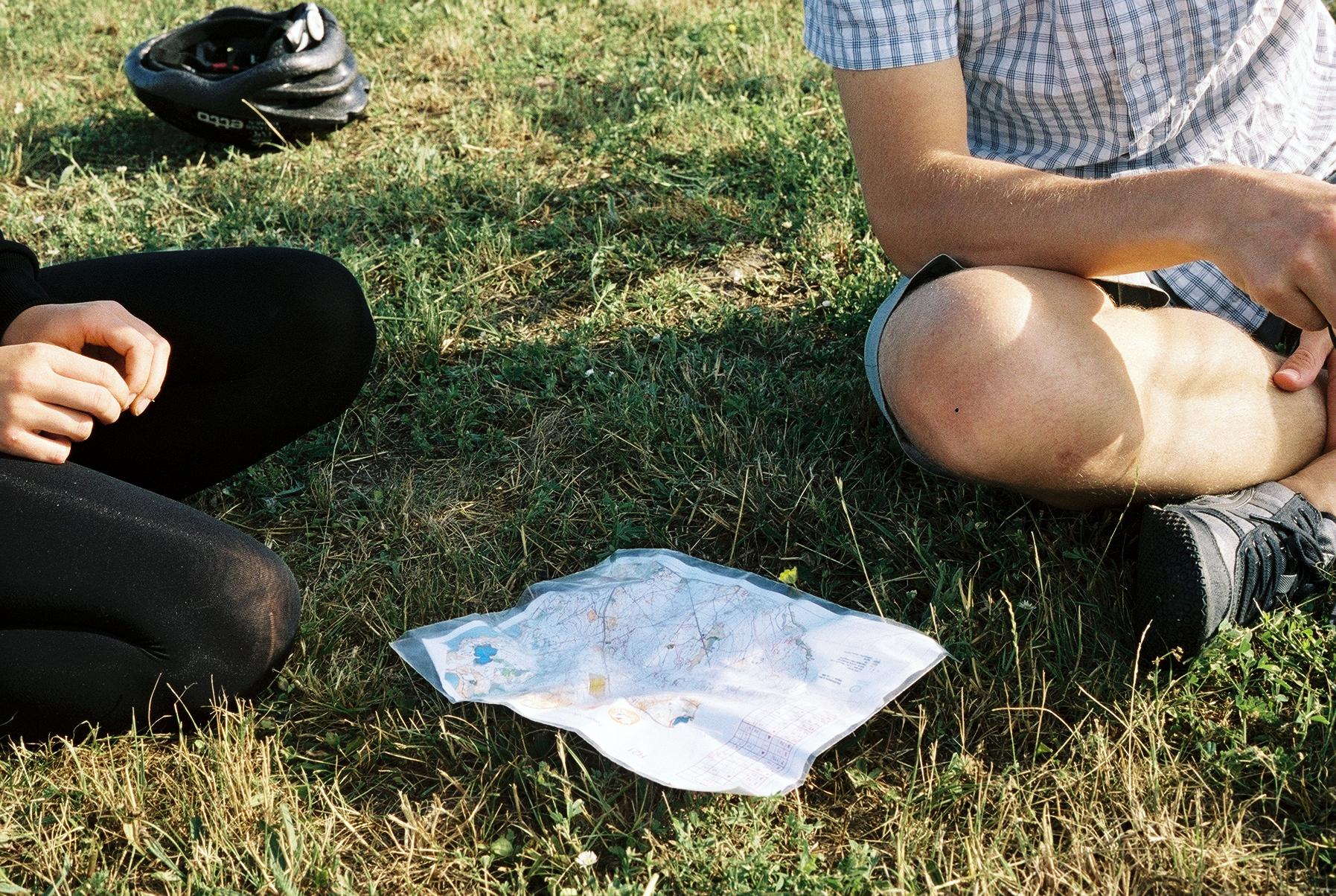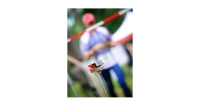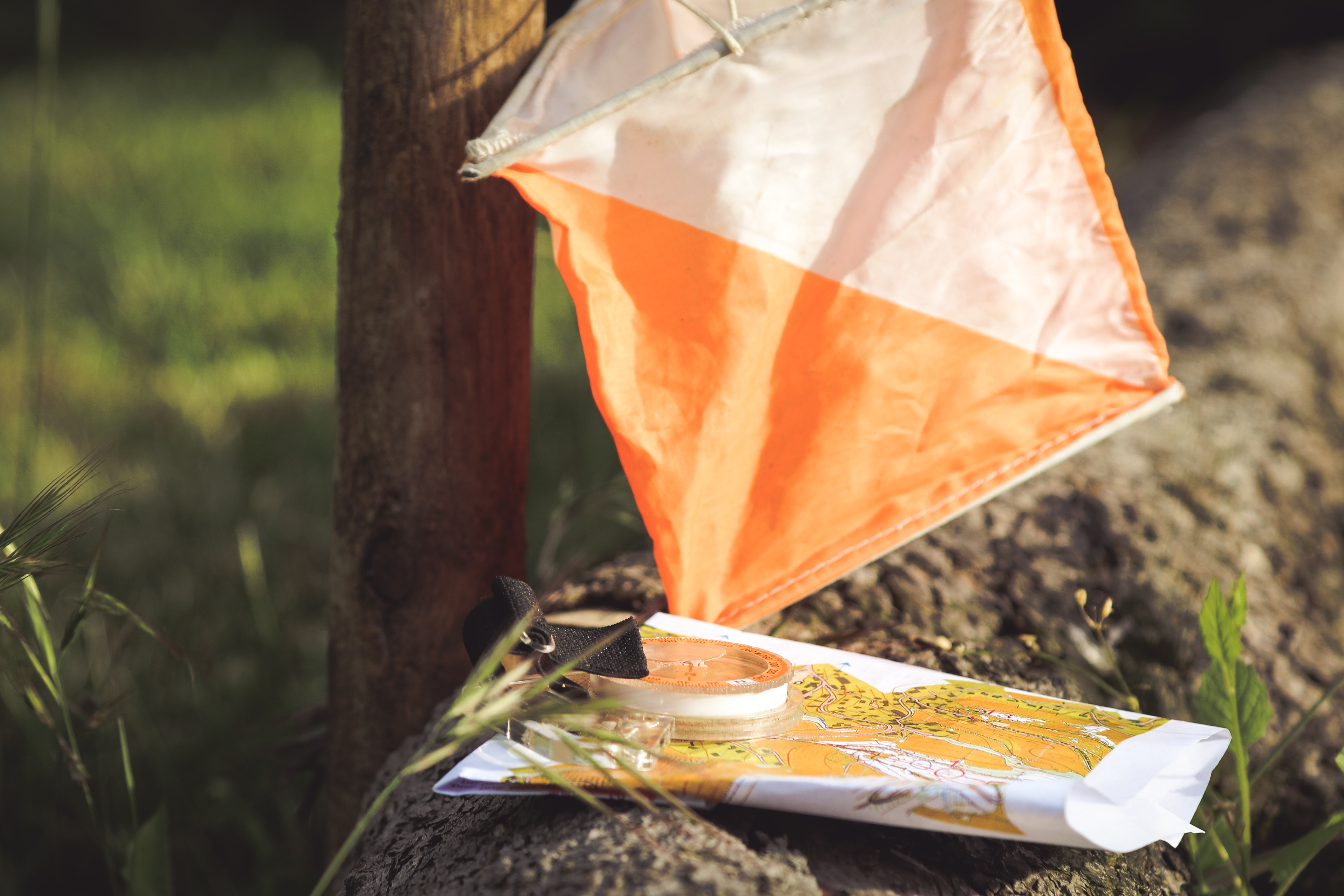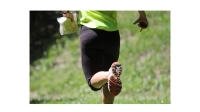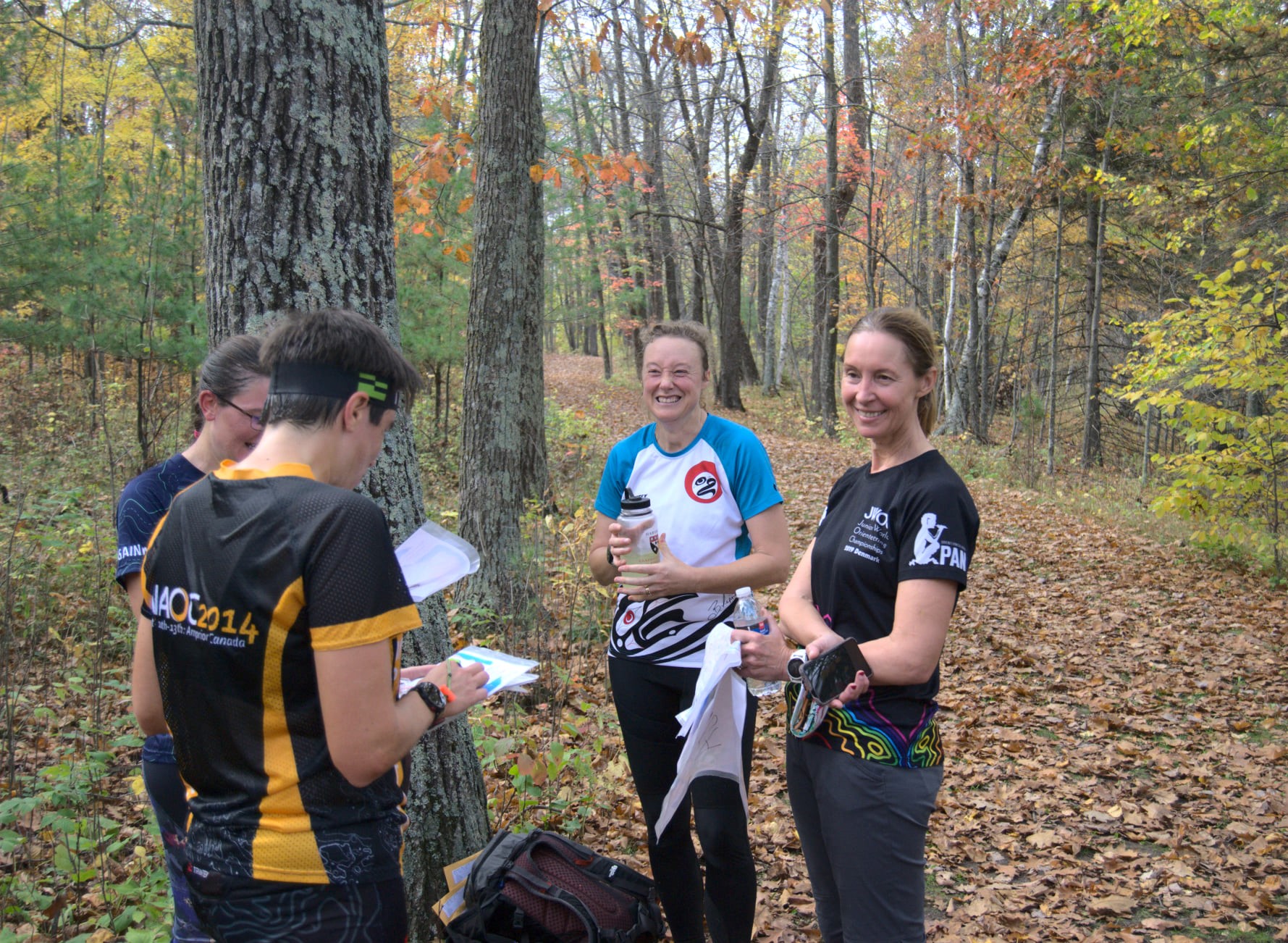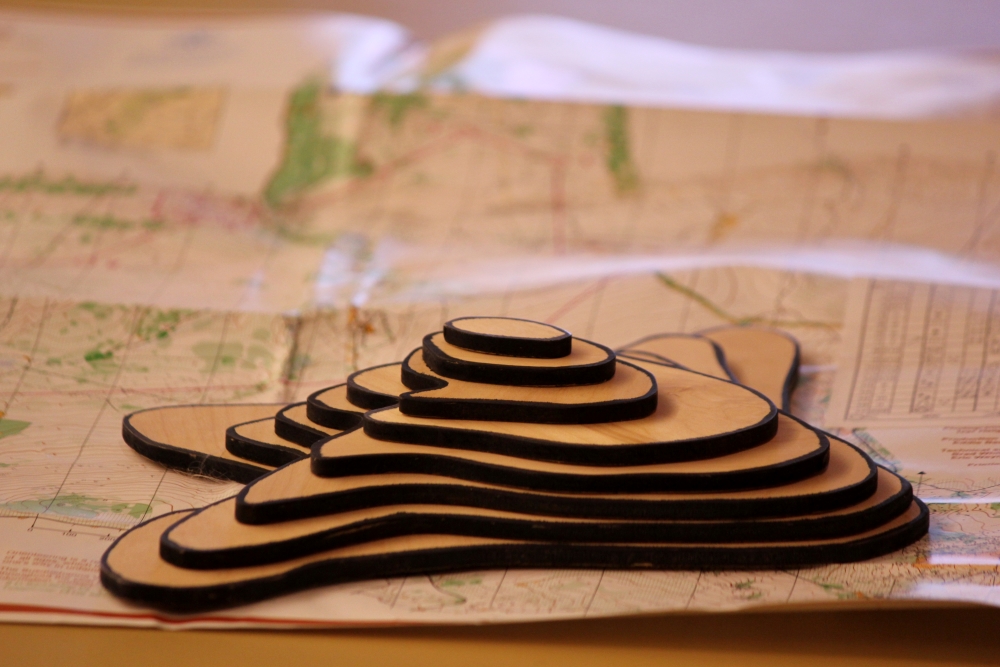Are you interested in learning more about navigation, teaching orienteering, or coaching? You've come to the right place!
**First things first - click on Log In (top right of this page), then create a new account. Already have your registration key? Scroll down to Available Courses, select the course you want to register for, and then enter the key on the Enrolment Options page**
Basic Orienteering / Fundamentals of Technical Training
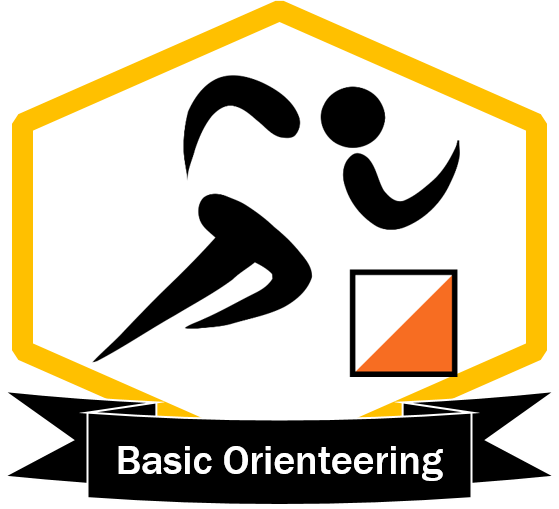 This orienteering curriculum is a companion to OUSA's Discover Orienteering (hardcopy and e-book). Each lesson includes resources to understand, practice, and reflect upon the skills, techniques, and processes involved in getting serious about improving navigation.
This orienteering curriculum is a companion to OUSA's Discover Orienteering (hardcopy and e-book). Each lesson includes resources to understand, practice, and reflect upon the skills, techniques, and processes involved in getting serious about improving navigation.
Take the full course, or focus on the parts of interest to you.
Blended classes and weekend workshops are also available.
OUSA Members: Follow this link to access the enrollment key
Non-Members
- Join OUSA ($10 Juniors, $35 Adults, $45 Household)
- Use the OUSA Members link, above
Level 1 Coaching Certification Course

This course covers the knowledge required to coach beginners through recreational advanced orienteers (Stages 1-3 in the Orienteering Development Model).
The blended version begins with self-paced, online instruction in the Orienteering Development Model, Fundamentals of Physical Fitness, Fundamentals of Technical Training, and SafeSport. Once completed, students continue as part of a cohort that meets weekly online for 1 month to collaboratively apply coaching concepts. In the final portion of the course, students record a coaching session, self-assess, and receive feedback from a coaching instructor.
The course can be presented locally as an extended weekend workshop for a minimum of 5 students.
The cost of the course is $100 for OUSA members and $150 for non-members. Non-members also pay the cost of SafeSport certification if applicable ($15).
Scholarships are available for OUSA members.
OUSA Members: Follow this link to access the enrollment key
Non-Members
- Join OUSA ($10 Juniors, $35 Adults, $45 Household)
- Use the OUSA Members link, above
Orienteering Development Model
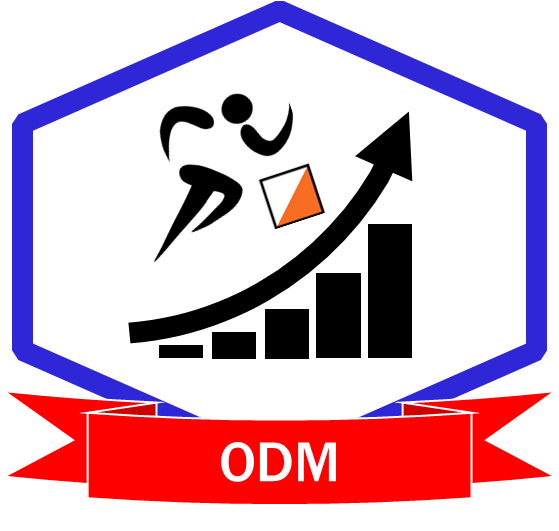
This unit from the Level 1 Coaching Certification Course is available to OUSA members to learn more about OUSA's long-term orienteering development model. It may be useful to club officers thinking about how to attract
more beginners to try the sport or how to keep them coming back once they realize how much fun orienteering can be.
Each lesson includes resources to understand the ODM, drawing on comparing personal experience with mastering something besides orienteering, as well as theoretical application of how coaches might use the exercises in OUSA's Discover Orienteering (hardcopy
and e-book) with developing orienteers.
Take the full course, or focus on the parts of interest to you.
OUSA Members: Follow this link to access the enrollment key
Non-Members
- Join OUSA ($10 Juniors, $35 Adults, $45 Household)
- Use the OUSA Members link, above
